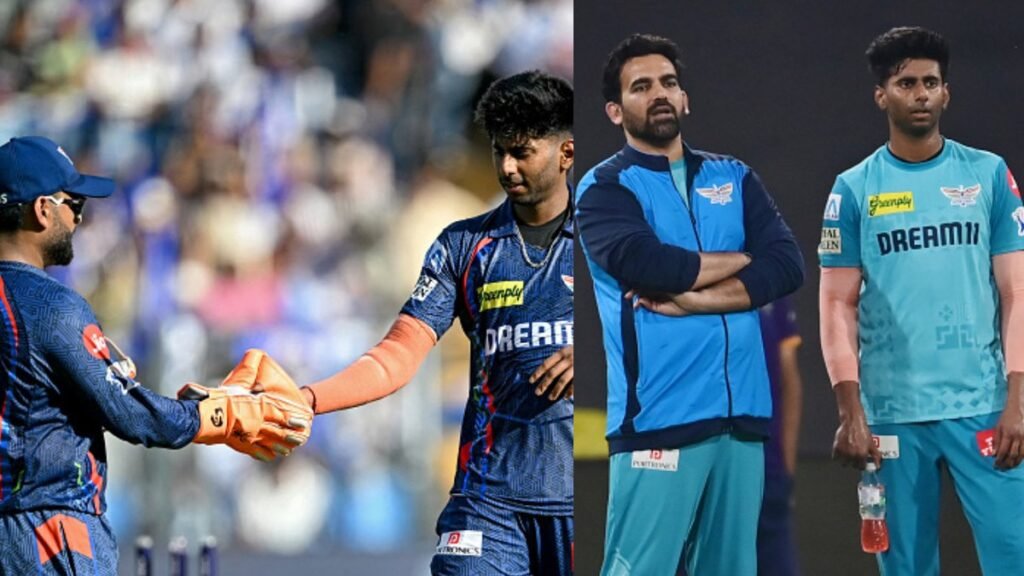
Mayank Yadav’s highly anticipated return to top-level cricket has taken a disappointing turn, with the fast bowler once again sidelined due to injury after a brief appearance in this season’s IPL. Having already spent considerable time away from the game due to back issues, the young speedster’s recurrence of injury has raised serious questions about the rehabilitation process and the pace at which he was cleared for competitive cricket.
The promising pacer, who made headlines with his express pace and aggressive bowling in the previous IPL season, was seen as a key player for Lucknow Super Giants. However, after just two matches this season, he was ruled out again with back concerns. In those outings, his pace appeared reduced, and he lacked the sharpness that once made him one of the most exciting bowling prospects in the country.
What has raised eyebrows is the speed with which Mayank was cleared by the National Cricket Academy’s Centre of Excellence (CoE). According to insiders, he was declared fit to return to professional cricket after just 10 to 12 rehabilitation sessions. Even more surprising is the revelation that about one-third of those sessions were conducted at a reduced intensity — a red flag for a bowler recovering from a stress-related injury.
“For a bowler who had such a long absence from the game, it’s surprising that it took the CoE just 10-12 sessions to give him a green signal. One-third of those sessions were at a reduced intensity,” said a source close to the matter. Such a quick return to full competitive cricket has left many questioning the robustness of the protocols in place for high-performance athletes.
Adding another layer to the situation is the leadership change at the CoE. Nitin Patel, the former head of sports science and medicine, left his role in March. His departure left a gap in continuity during Mayank’s crucial recovery phase. Dhananjay Kaushik took over as lead physio, but the transition may have affected the consistency and depth of Mayank’s rehabilitation.
Experts have also pointed to Mayank’s bowling action as a potential contributor to his frequent injuries. His front-on, whippy action, while effective in generating raw pace, has been described as biomechanically risky, especially for someone with a history of back trouble. Yet, despite his prolonged rehabilitation, it appears there were no significant efforts to make technical adjustments to his action to reduce the injury risk.
Inside the Lucknow Super Giants camp, there were reportedly discussions about Mayank form and fitness even before the injury resurfaced. His drop in pace and inability to complete intense sessions led to doubts about his match readiness. Eventually, the franchise decided to move on, signing New Zealand’s Will O’Rourke as a replacement. Mayank is now likely to be released ahead of the next IPL season, signaling a major blow to his short-term career prospects.
The situation is a stark reminder of the importance of thorough and well-structured rehabilitation for professional athletes, especially fast bowlers, who are particularly prone to stress-related injuries. A premature return not only endangers the athlete’s career but also affects the team’s planning and performance. Mayank Yadav’s story serves as a cautionary tale — talent alone isn’t enough without the right management and patience during the recovery phase.

